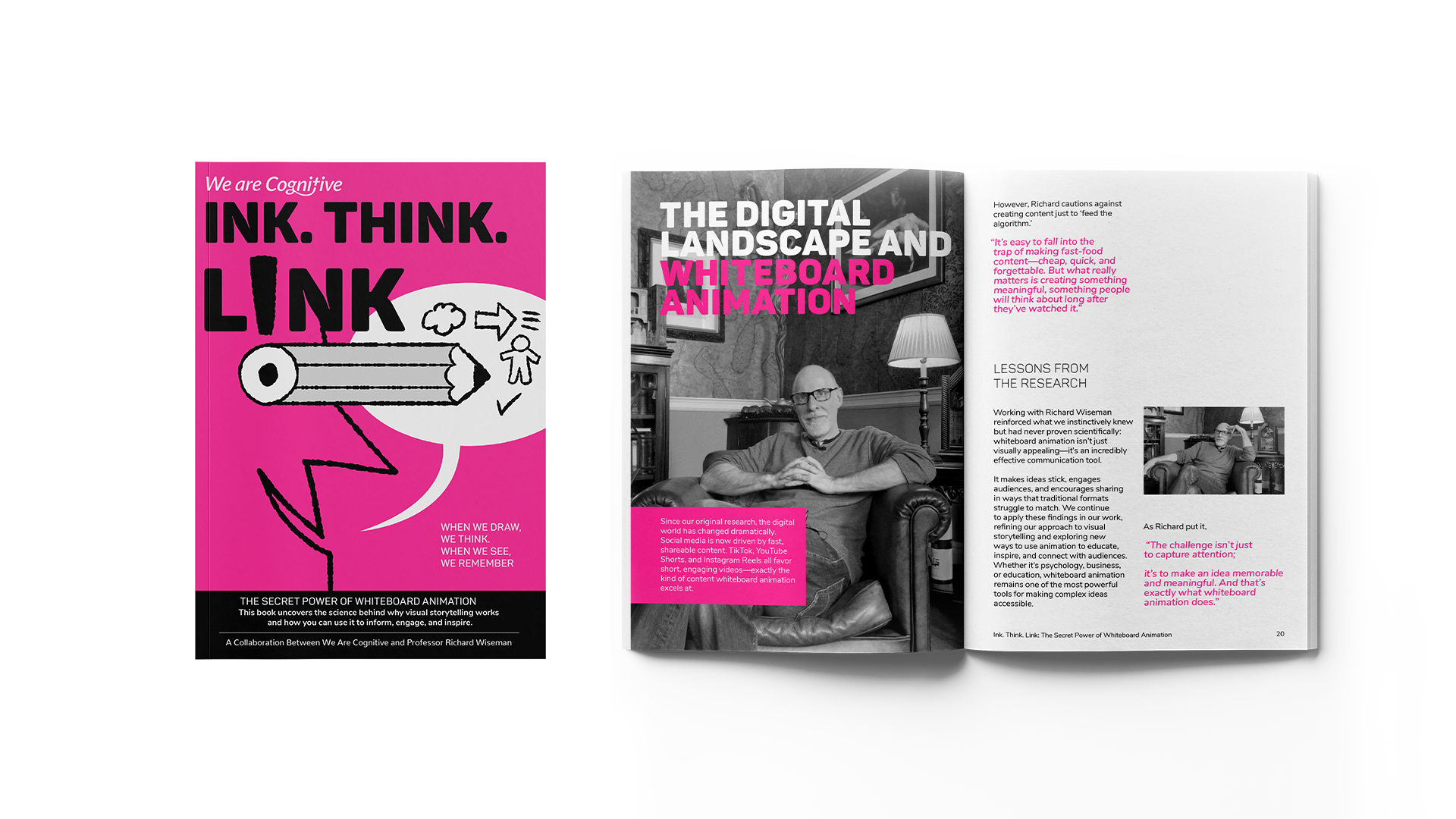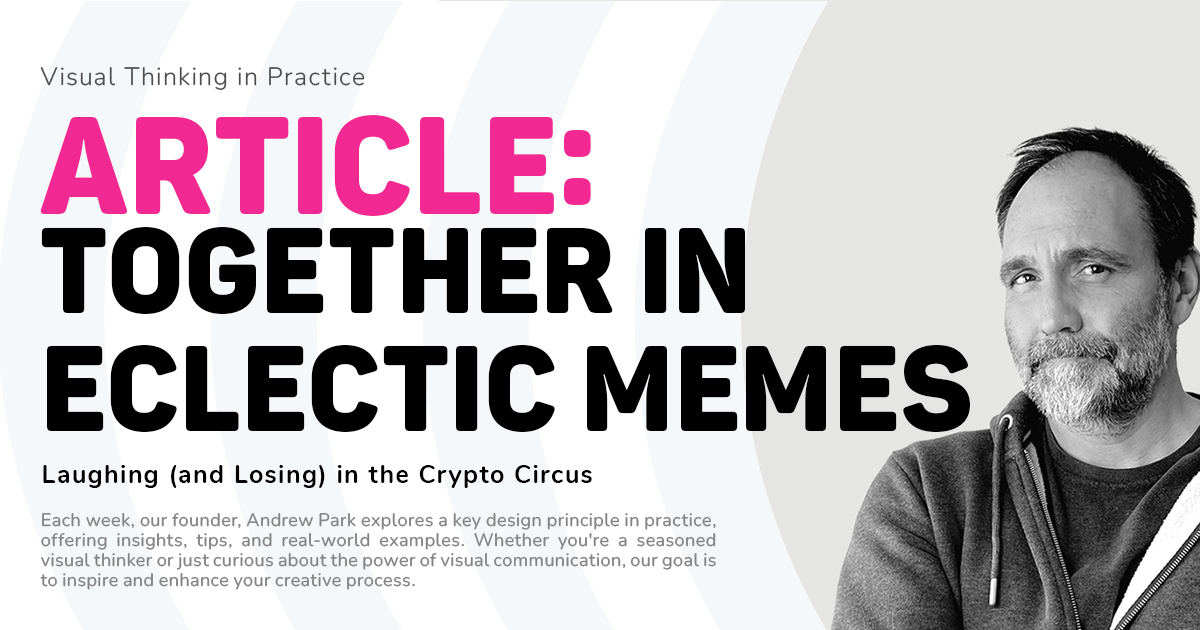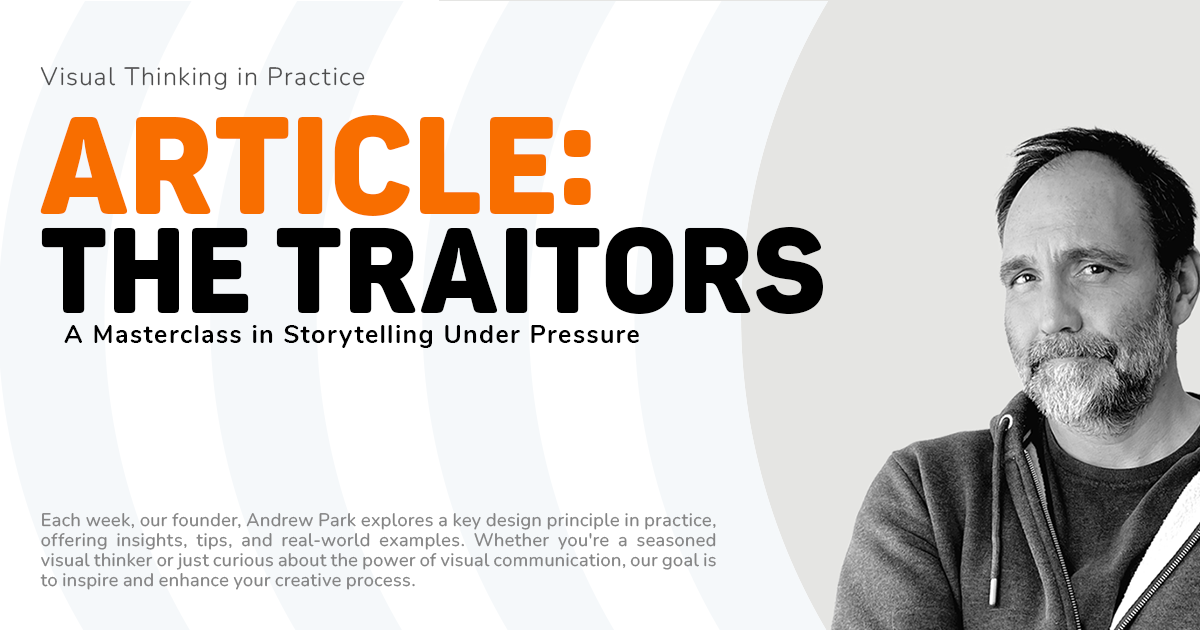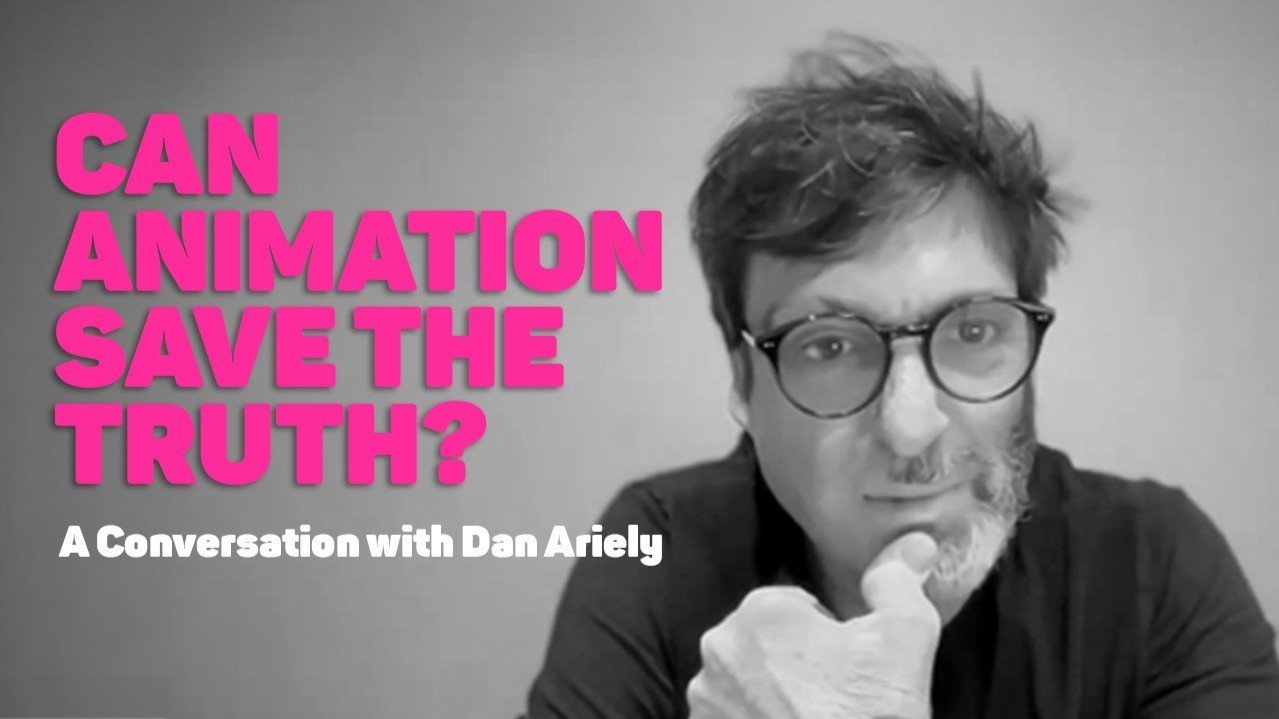66% More Shareable, 15% More Memorable, 33% More Entertaining: What The Research Says About Whiteboard Animation And Us
It’s a mark of human nature to seek a ‘why’, to need a ‘why’. A strong sense of ‘why’ is what drives the We Are Cognitive team and I forward every day as we democratise knowledge for clients across the world. Finding out ‘why’ is also what led me to collaborate with Professor Richard Wiseman on a psychological study looking at the impact of whiteboard animation on audiences, and what we found was incredible!
The RSA Animates we created had recently launched, and I was simply not prepared for their reception. Even in the early days, the views rolled in by the tens of thousands and each video was quickly followed by a trail of likes, comments and shares.
The reaction was incredible, but I had to know, ‘why?’ Around this time, I crossed paths with Richard and as they say, the rest is history. Our study compared a ‘talking head’ video with a whiteboard animation that used the same voiceover. Luckily for us, the study showed that in three key metrics, the whiteboard animation came out on top.
Audiences rated it 33% more entertaining, 15% more memorable and 66% more likely to be shared. This research helped explain the amazing reaction to the RSA Animates and showcased the potential of whiteboard animation.
It’s been almost a decade since Richard and I worked together on that study, and in that time, our research has been ‘borrowed’ by just about every whiteboard animation company that came after us. Richard and I have stayed close throughout, collaborating on the 59 Seconds series, and caught up recently to reminisce about our research and work together.
A lot has changed since we began our research, YouTube was still young, and social media had barely begun to consume all our attention. I was curious to get Richard’s view on how whiteboard animation has stood up to modern trends. Happily, Richard’s take was positive, “You need material which should look smart, or entertaining, or interesting, and that's what you've got with the whiteboard animations.”
What was even more interesting was the ever-increasing importance of the sharing statistic. Anyone that braves social media will know how important and sought after this metric is, and the last nine years have only seen the value of shareability increase.
Speaking about shareability, Richard commented, “I think that your whiteboard animations are super smart because they highlight what the speaker is saying. They don't distract from it, they add to it, and that's going be key for shareability.
Richard also got into shareability on a deeper level. “Shareability is a very curious thing, because to me it's a bit like, you know, when you tell somebody a joke, what you're saying is, I find this funny, do you find it funny? So, you're putting yourself on the line. It's not just a joke, you're saying this tells you something about me.”
I hadn’t considered shareability from this point of view before. It highlights the importance of embracing whiteboard animation’s creative freedom to make explainer videos which are relatable and relevant for audiences. It shows that shareability doesn’t just happen, but is the result of careful storytelling, design and fundamentally, a deep understanding of your audience.

Of course, the last nine years have not only seen social media creep into every area of our lives, but they’ve also seen the rise of the algorithm, busily deciding everything we see. Content creators and brands will know the pain this causes and the constant battle to even appear in front of audiences. So, are we all doomed to watch three-second reels of cats falling off tables or is there room for meaningful content? I couldn’t resist taking the chance when talking with an eminent psychologist like Richard to get his take on all of this.
“What you mustn't do is become the equivalent of a cat falling off the table, just because lots of people are watching cats fall off the tables... You know, think back to when everyone was telling us it's got to be long-form, we did short-form to huge success. People are very bad at predicting the future, thank goodness. So there's always a sense of surprise. For all those people that say, oh no, you've got to feed the algorithm, maybe the algorithms already had enough.”
Now there is a message of hope. It was great to catch up with Richard again, going over what we achieved together and considering where things are going. For even more insights from Richard, watch our case study video included above or listen to the full-length conversation via our latest podcast episode on Spotify and Apple Podcasts.
Now I’d like to learn from you. How are you using video, podcast or social media content to get your message across?
When it comes to your brand, video offers a whole range of ways to feature your brand both subtly and more directly.
When presentations deal with complex ideas, dense information, or diverse perspectives, it’s easy for key messages to get lost. This is where live scribing becomes a game-changer.
Live scribing is the art of visually capturing conversations in real time. It’s part mind-mapping, part storytelling, and all about making complex ideas instantly clear and unforgettable.
We all know the stakes. When communication breaks down in the NHS, it's not just systems that suffer, it’s people. Missed signals. Duplicated work. Delays that ripple out. And beneath it all? A creeping misalignment that turns well-meaning teams into disconnected silos.
From complex ideas and important information to heartfelt and powerful messages, visual storytelling is able to connect with us at a deep level and explain key points in ways that engage and stay with us.
From complex ideas and important information to heartfelt and powerful messages, visual storytelling is able to connect with us at a deep level and explain key points in ways that engage and stay with us.
From complex ideas and important information to heartfelt and powerful messages, visual storytelling is able to connect with us at a deep level and explain key points in ways that engage and stay with us.
It gives us great pleasure to have you join me for this issue, as we explore the fascinating and always relevant subject of "The Medium is the Message."
Clarity doesn’t automatically come from data. It’s something you construct. What people need isn’t a flood of facts—it’s a visual story: built like a narrative, not a spreadsheet, and designed to be scanned, not deciphered.
Too often, presentations overburden the brain with information to decode, prioritise, and interpret. That’s where visual thinking becomes the executive cheat code. Visuals ease that load. They transform complexity into patterns, systems into stories.
The thing it seems almost no one wanted is upon us, tariffs. Like a suspiciously brown shaken-up snow globe, they’re obscuring normal trading relationships, putting global markets on edge and making life even more expensive than it already was.
Audiences rated whiteboard animation 33% more entertaining, 15% more memorable and 66% more likely to be shared. This research helped explain the amazing reaction to the RSA Animates and showcased the potential of whiteboard animation.
Explainer videos and engaging whiteboard animations, have emerged as powerful tools to convey complex messages with simplicity and creativity. Here, we explore nine innovative ways to integrate explainer animations into your marketing strategy, enhancing your brand's visibility, engagement, and conversion rates.
In the modern workplace, where attention spans are short, and information overload is common, utilizing innovative internal communication strategies is crucial. This article explores creative internal comms ideas, focusing on the power of animated explainer videos and whiteboard animations.
Often the very first books we encounter are picture books, our first introduction to the power of rich visual language. While our books change, the power of this language doesn’t. We’ve reflected on visual language, from picture books to explainer videos and whiteboard animation.
Whether it's making complex ideas feel simple or dry subjects feel engaging, our mission is to democratise knowledge. For over twenty years, we’ve been making this mission a reality, working on whiteboard explainer videos for clients across sectors ranging from education and health to international law and energy.
The best bit of our job is working with clients who have big ideas and complex messages. We’re always ready to make a complicated message feel relatable and understandable or help a visionary get their message out to the masses.
As pioneers of whiteboard animation videos, we’re proud of its ability to make the complex simple and share information far and wide. We want to share its explainer and storytelling superpowers with as many people as possible, but to quote a modern-day classic, ‘with great power comes great responsibility.’ That sometimes means saying ‘no’.
In today’s digital era, explainer videos have become indispensable tools for businesses, educators, and creatives to convey complex ideas in a clear and engaging manner. These videos, whether animated or utilizing techniques like whiteboard animation, captivate audiences and simplify intricate concepts.
We see whiteboard animation as a way of democratising knowledge and sharing the ideas that help us all understand and build a better, fairer world. It is packed with educational and visual storytelling tools that allow us to connect with viewers as we make even the biggest ideas accessible and understandable.
What’s the biggest hype narrative you’ve fallen for recently? Drop it below—no judgment. We’ve all bought something at 11 pm thinking it was genius, only to regret it by morning. (Although the Velcro drain unblocker is the shit!)
The Parker Probe isn’t just a shiny example of what humans can achieve when they stop arguing on X for five minutes. It’s also a reminder that big problems—whether they’re cosmic or corporate—need both boldness and a plan.
When we strip away the layers of imposter syndrome, it often boils down to storytelling—about who we are, what we’ve done, and where we’re headed. The narratives we tell ourselves shape our reality, and reframing those stories can unlock a healthier sense of self-worth.
Facebook and Instagram are going “back to their roots” of free expression. Because, clearly, what the internet desperately needed in 2025 was more rucks.
Watching The Traitors is like observing a high-stakes version of a spider weaving its web. Every accusation, every alliance, every teary-eyed confession pulls on the delicate threads of trust until the whole thing collapses in a heap of suspicion.
Ah, New Year’s resolutions. The annual tradition where we collectively trick ourselves into believing we’re only one heroic declaration away from becoming flawless human beings. This year, this will be the year we shed those bad habits like a moulting snake. Right? Wrong!
If you could pin down the essence of truth, could you draw it? That’s the question that lingered in my mind after speaking with Dan Ariely for my RSA Animate documentary—a project allowing me to reconnect with some of the most compelling thinkers of our time.
I have written a lot about failure. It’s something of a fascination for me. I am in a constantly evolving process with failure. When does failure become a success? Are there any true failures or is it just an endless process?
If you’ve spent any time in creative circles, you’ll know that while education has the potential to transform, we’ve been wielding this so-called "weapon" like a blunt instrument for far too long.































Explainer videos are visually dynamic and captivating videos. They excel not only in distilling complex messages into easily understandable narratives but also in etching a lasting imprint on the minds of viewers. This makes explainer videos a must for any marketing strategy!